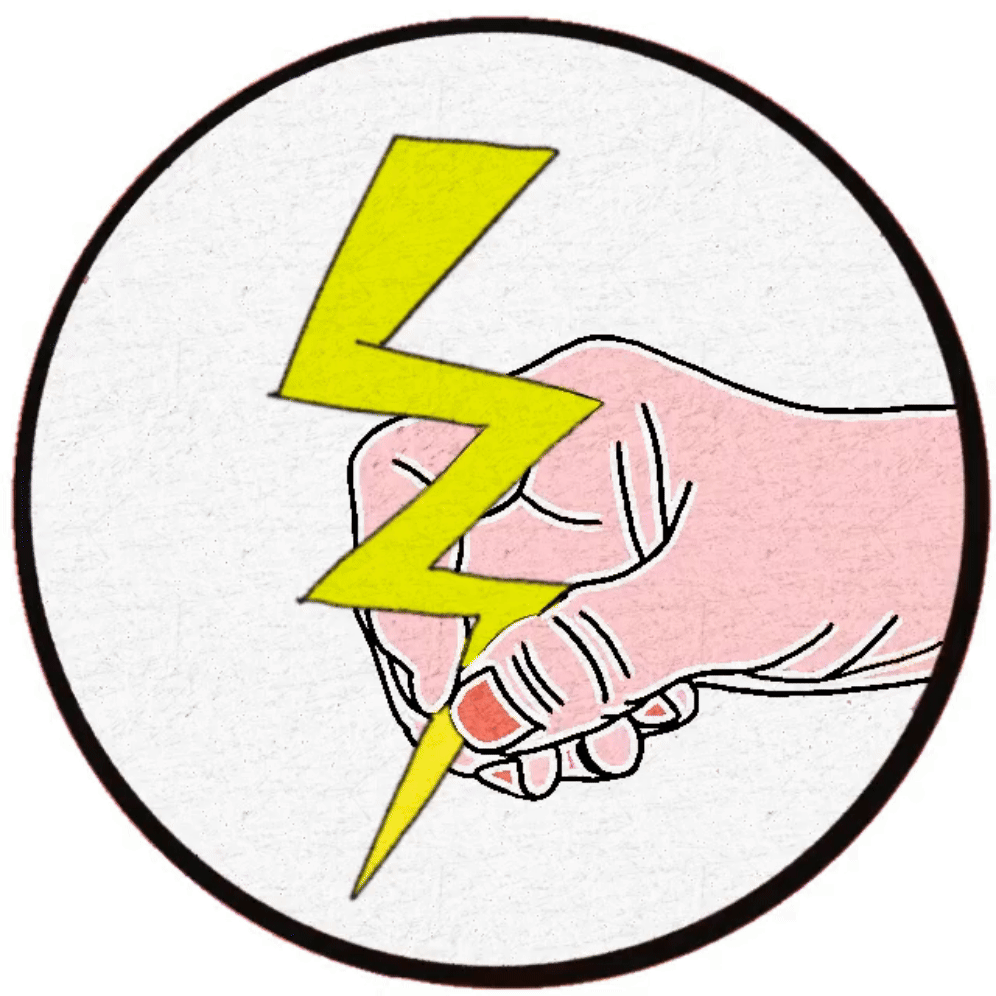

SESIONES
Una sesión de arteterapia suele tener tres momentos:
1. Introducción: un espacio para compartir lo que la persona quiera ese día —algo que le preocupe, le emocione o simplemente tenga presente.
2. Creación: tiempo para expresarse a través del arte, usando los materiales que prefiera. No hace falta saber dibujar ni tener experiencia; si la persona no sabe por dónde empezar, la acompaño y guío suavemente en el proceso creativo.
3. Reflexión: al final, observamos juntos la obra y lo que puede representar. A veces las imágenes hablan por sí solas; otras veces ayudan a poner en palabras lo que antes era difícil de expresar.
TALLERES
Un taller de arteterapia puede tener diferentes objetivos, pero todos comparten la intención de ofrecer una experiencia vivencial que permita conocer de cerca cómo funciona la Arteterapia. Se intenta no profundizar tanto como en la terapia.
Los talleres suelen incluir actividades guiadas en torno a una temática concreta —por ejemplo, la autoexploración, las emociones, el cambio, el cuerpo o la identidad—, generando un espacio de creación, reflexión y conexión grupal.
Pueden ser de una o varias sesiones, según las necesidades e intereses del grupo.
Aqui puedes echarle un ojo a un taller anterior diseñado para trabajadores del ambito social. "Cuidando a los Cuidadores".

PIDE CITA

“Mantengo un número reducido de plazas de tarifa social para personas en vulnerabilidad que realmente lo necesiten. Actualmente tengo 1 plaza(s) disponible(s). Escríbeme si crees que puede encajar.”
CONTACTO
Ubicado en Madrid, Calle Montera, 34 (España)
Teléfono / WhatsApp: +34601506375
anarequenatherapy@gmail.com





